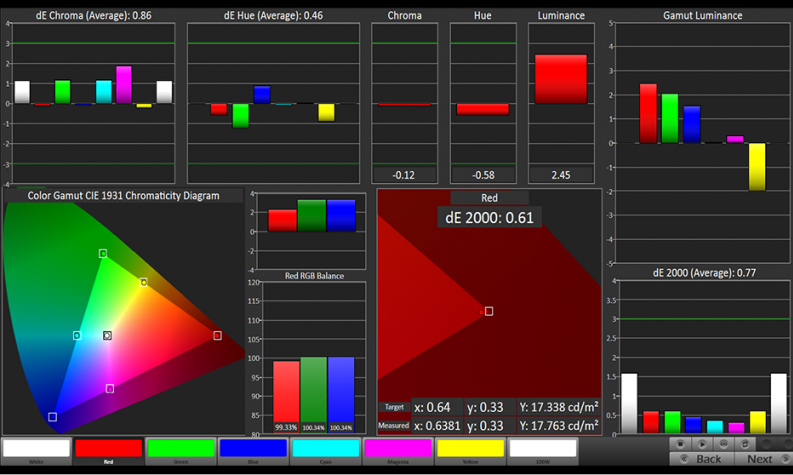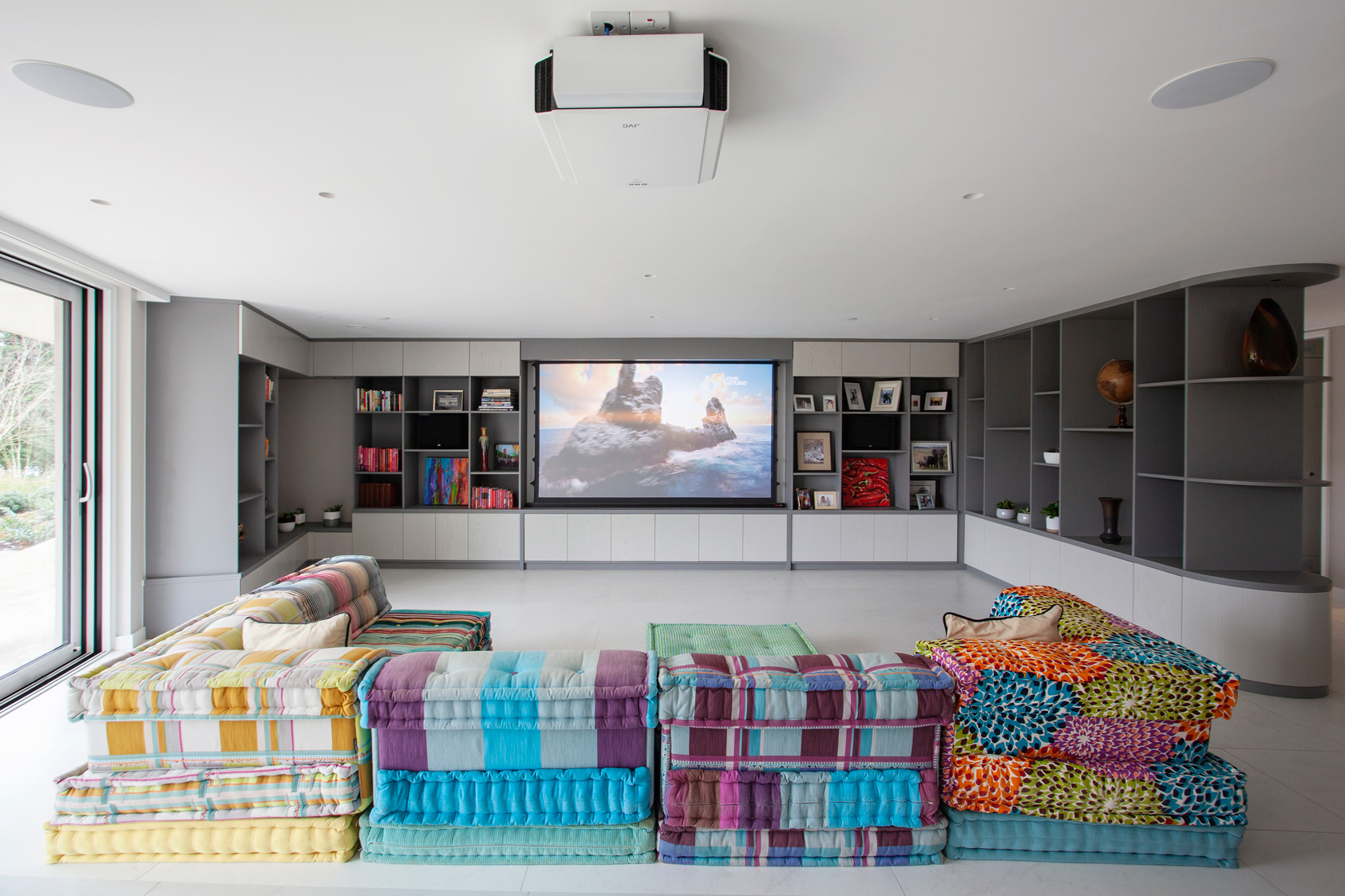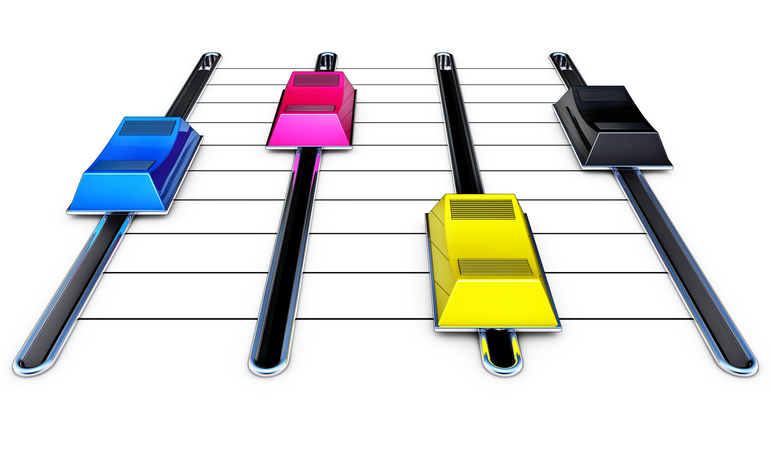Whether you are spending £1000 on a TV for your living room or £100,000 on a projector for your home cinema you should strive to get the best performance it is capable of producing. Expecting the out-of-the-box settings to suit your environment is simply being naive. What you watch, where you watch, and when you watch all have an effect on the quality fo the image you will see.
So when calibrating a video display these are the questions we ask a client. Do you mainly watch movies, or sport or concerts? What is the lighting in the room like? Is there a lot of ambient light from windows? In which case do you generally watch at night or during the day? Or is it a home cinema where the light is very controlled. When we know the parameters we need to work to then we can make sure that the display is performing at it’s best for that client in that environment.
Calibration is now mainstream. With manufacturers trying to get every competitive edge they can – calibration has been an area that has now trickled down from the top-of-the-range sets costing tens of thousands of pounds, to the TV’s costing just a few hundred. Now you may not get the brightness or contrast from the cheaper TV but you will get a great picture.




